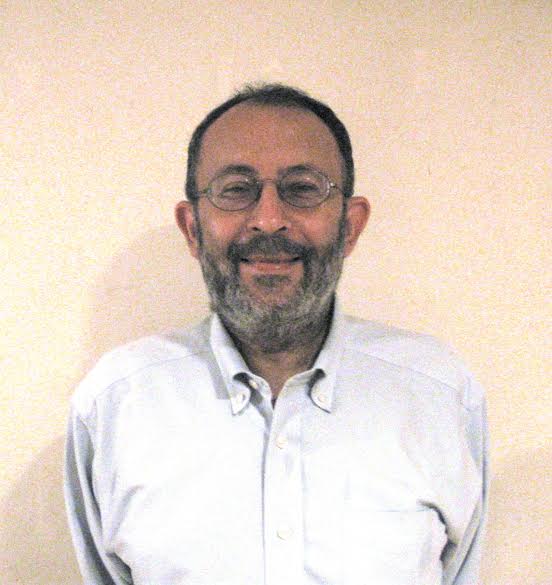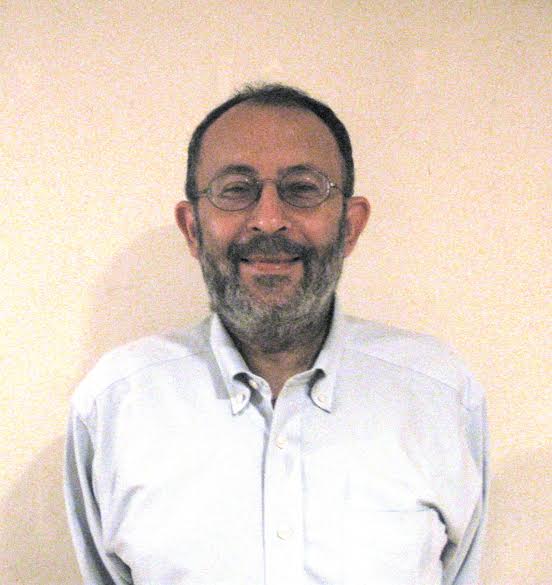 My son Shaya just graduated from the Bernard Revel Graduate School of Yeshiva University. All of the graduates were given the book Bernard Revel: Builder of American Jewish Orthodoxy, by Rabbi Aaron Rakeffet-Rothkoff. I would like to share some of what I learned from this fascinating book.
My son Shaya just graduated from the Bernard Revel Graduate School of Yeshiva University. All of the graduates were given the book Bernard Revel: Builder of American Jewish Orthodoxy, by Rabbi Aaron Rakeffet-Rothkoff. I would like to share some of what I learned from this fascinating book.
In our time we all imagine that a four-year college with secular studies and the ideals of Torah U-Madda were part of the initial vision for the institution. But what I learned from this book is that the truth is a bit more complex.
Our beloved institution started as a yeshiva for advanced Talmud study in 1896. Shortly thereafter, after the passing of the famous rabbi of Kovno, R. Isaac Elchanan Spector, the school was dedicated to his memory and named the Rabbi Isaac Elchanan Theological Seminary. Rabbi Rakeffet writes that at this time RIETS was serving as a stopover for the continually arriving young European Torah scholars, but it was not graduating rabbis capable of ministering to the needs of American Jewry.
Rabbi Dr. Bernard Revel was invited to become the head of RIETS in 1915. A main goal of his was to design RIETS so it could produce rabbis that could meet the unique needs of American Jewry. Rabbi Revel was born in Europe, near Kovno, and was a Talmudic genius already as a child. He came to the US in 1906 at the age of 21.
So what led to an organized program of secular studies at the yeshiva? Already prior to Rabbi Revel’s arrival, many of the students felt that an organized secular studies program was a necessity for them to be able to survive in America. Also, the directors of RIETS realized that such a program must be introduced if RIETS was to succeed. But what was the view of the new head of RIETS?
Rabbi Revel’s first step as the new head of RIETS was the creation of an affi liated high school. The high school, Talmudical Academy, had its fi rst entering class in September 1916. But Rabbi Revel realized that many of the best high school students would go on to secular colleges, instead of to the RIETS yeshiva. An initial idea in 1918 was to set up a college for freshman year to at least keep the students another year. But this plan was rejected when Columbia University and City College advised that they would not recognize the credits of such a program. Rabbi Rakeffet writes that Rabbi Revel gradually concluded that the yeshiva must open its own four-year liberal arts college. In 1923, a $5 million building campaign
was undertaken for this purpose.
In the view of the 19th-century German rabbi, Rabbi Samson Raphael Hirsch, the combination of Jewish and general knowledge was not a compromise but was an integral part of the Jewish world concept. But this does not seem to be what motivated Rabbi Revel. According to Rabbi Rakeffet: “Revel did not conceive of the proposed college in terms of Hirsch’s ideals. Revel would have been content with solely building the Yeshiva. This was America, however, and he was convinced that the Yeshiva would not retain its students unless it offered them a college education…Revel was only concerned with his attempts to guide the Yeshiva successfully through the labyrinths of American life. He felt that for this the proposed college was a necessity if the Yeshiva was to retain its brightest high school graduates.”
So there was motivation for a program of secular studies from the students, from the directors and from Rabbi Revel himself. But the initial motivation does not seem to have been the lofty idea of “Torah U-Madda” as it later developed.
Yeshiva University Professor William Lee, in an essay in Rav Shalom Banayikh: Essays Presented to Rabbi Shalom Carmy (2012), disagrees with Rabbi Rakeffet on one important detail. He believes that even in 1918, Dr. Revel had a four-year college in mind. Lee suggests that the attempt in 1918 to obtain transferable credit for freshman year was just a temporary plan until the four-year college could be opened. We will have to leave this as a taiku.
Before he came to head RIETS, Rabbi Revel had an unlikely profession for a Talmud scholar. He was in the oil business in Oklahoma! He got into this business through his wife’s family. A few years prior to their marriage in 1909, his wife’s brother
had bought land in Oklahoma that proved to be rich in oil. In his Tulsa residence, Rabbi Revel had a large rabbinic library. Working in the oil business did give him some time to devote to study.
After he accepted the position at RIETS, it was very hard for him and RIETS initially, because he had to spend much time in Oklahoma assisting with the oil business. But after a few years, he was able to withdraw from an active role in it.
Although Rabbi Revel did publish many scholarly articles, he was very disappointed that he was not able to publish his Talmudic hiddushim. Running and funding the school and guiding it through the Depression years was an extraordinarily diffi –
cult task.
He was very grateful for what he and others had accomplished for Orthodoxy in America in his lifetime. A few months before he died in 1940, he wrote in a Yeshiva College newsletter: “We behold the guiding hand of the Hashgaha in the fact that, before the spiritual sun of Israel has set in Europe, a sanctuary of the eternal soul of Israel has been established on this continent.”
We have a lot to be thankful for due to the efforts of Rabbi Revel. Today Yeshiva University is a thriving world-class institution!
(P.S.: One of Rabbi Revel’s cousins was Dr. Nelson Glueck who became the president of the Hebrew Union College in Cincinnati. A parallel in modern times: A relative of the Soloveitchik family, Peter Salovey, is the President of Yale!)
Mitchell First is an attorney and Jewish history scholar. His recently published book: Esther Unmasked: Solving Eleven Mysteries of the Jewish Holidays and Liturgy (Kodesh Press, 2015) is available at the Judaica House in Teaneck and at amazon.com. He can be reached at MFirstAtty@aol.com.
For more articles by Mitchell First, and information on his books, please visit his website at rootsandrituals.org.









